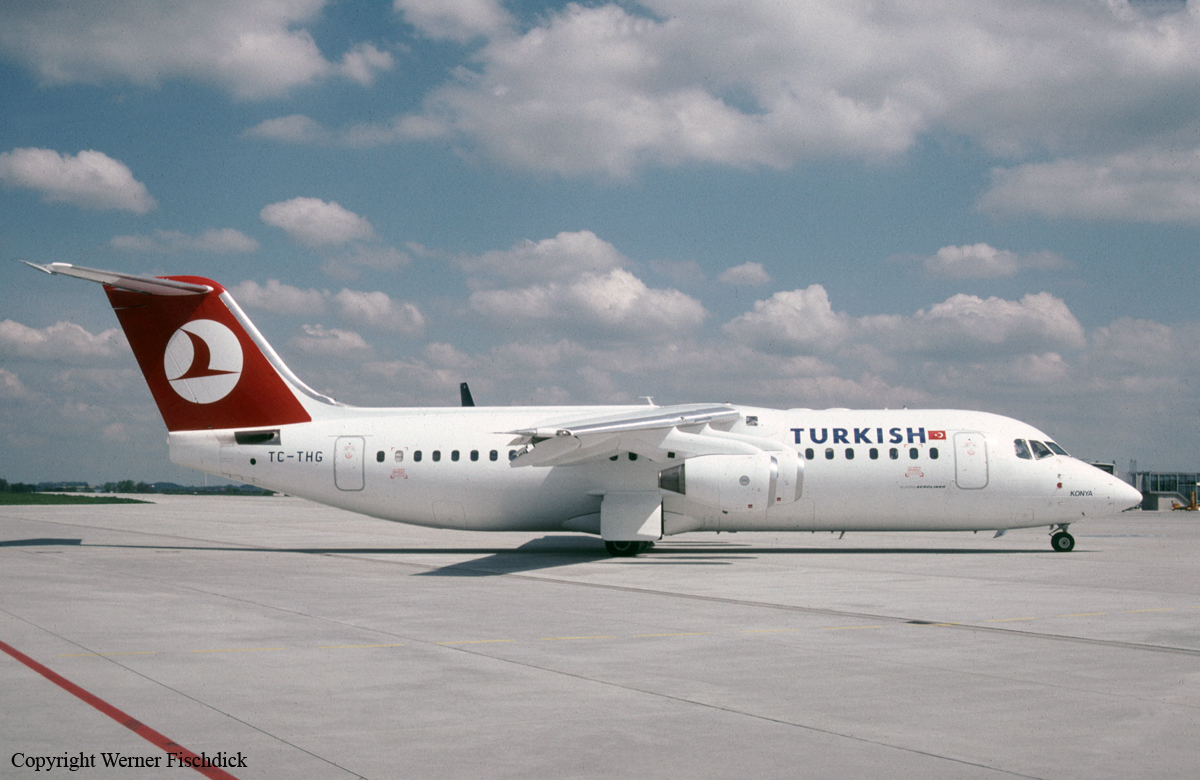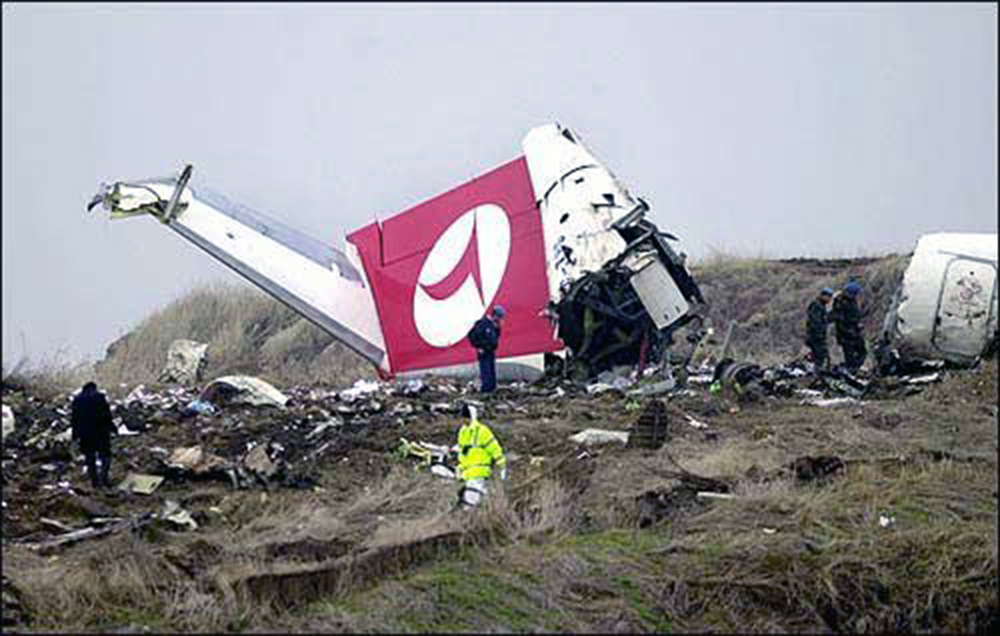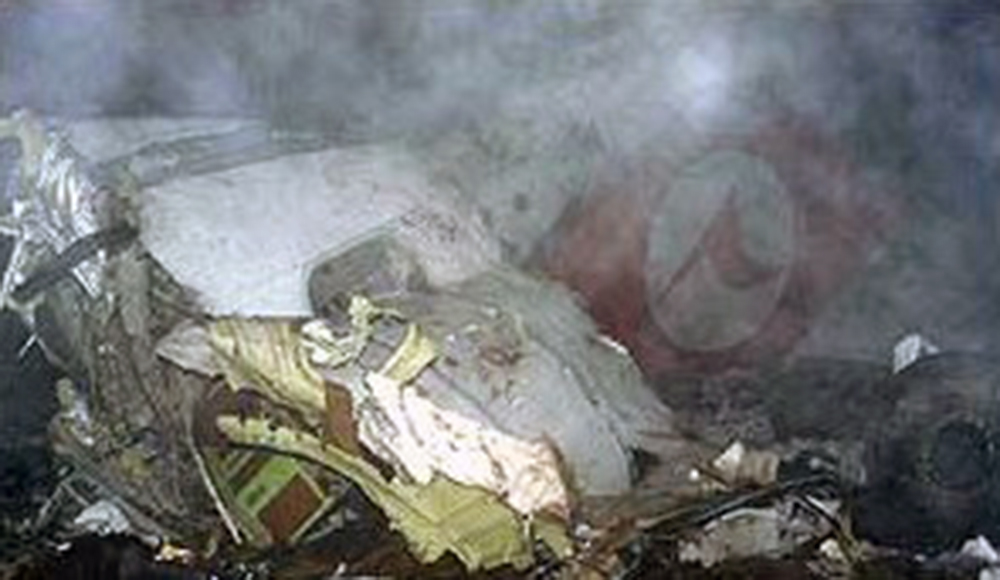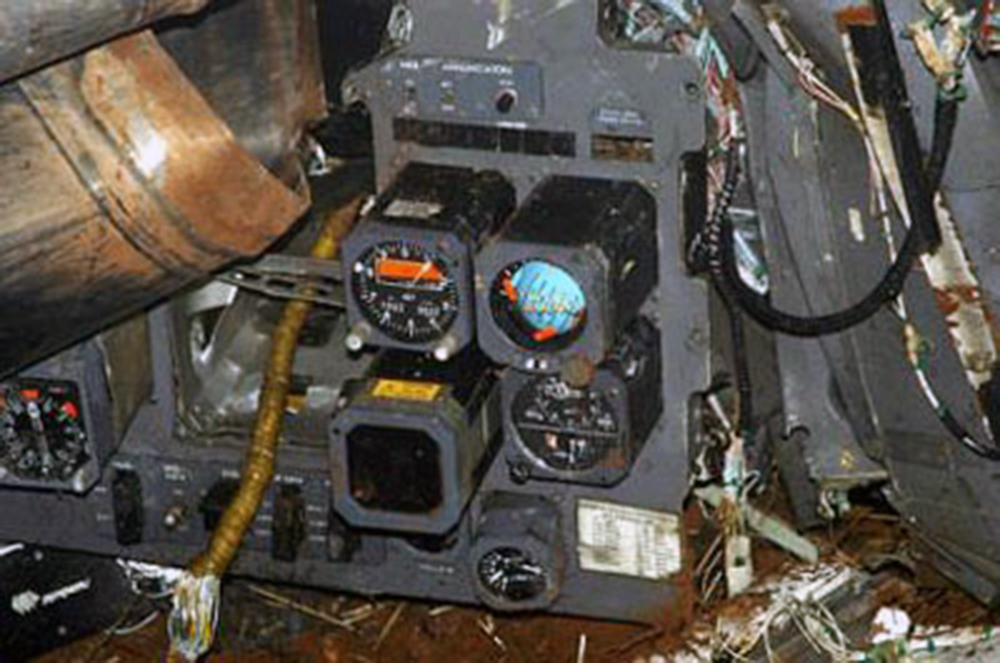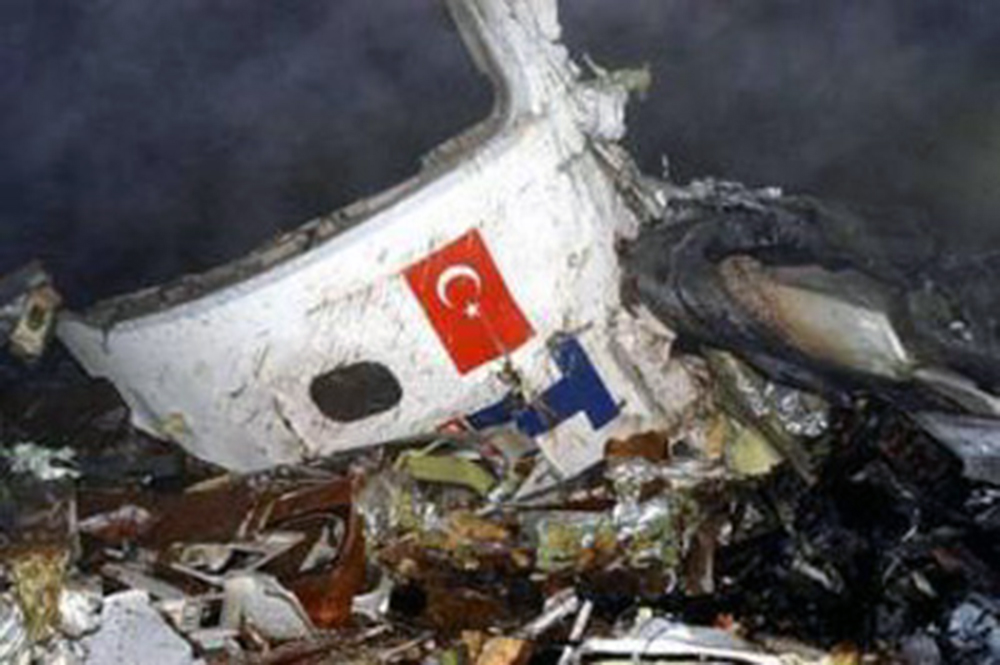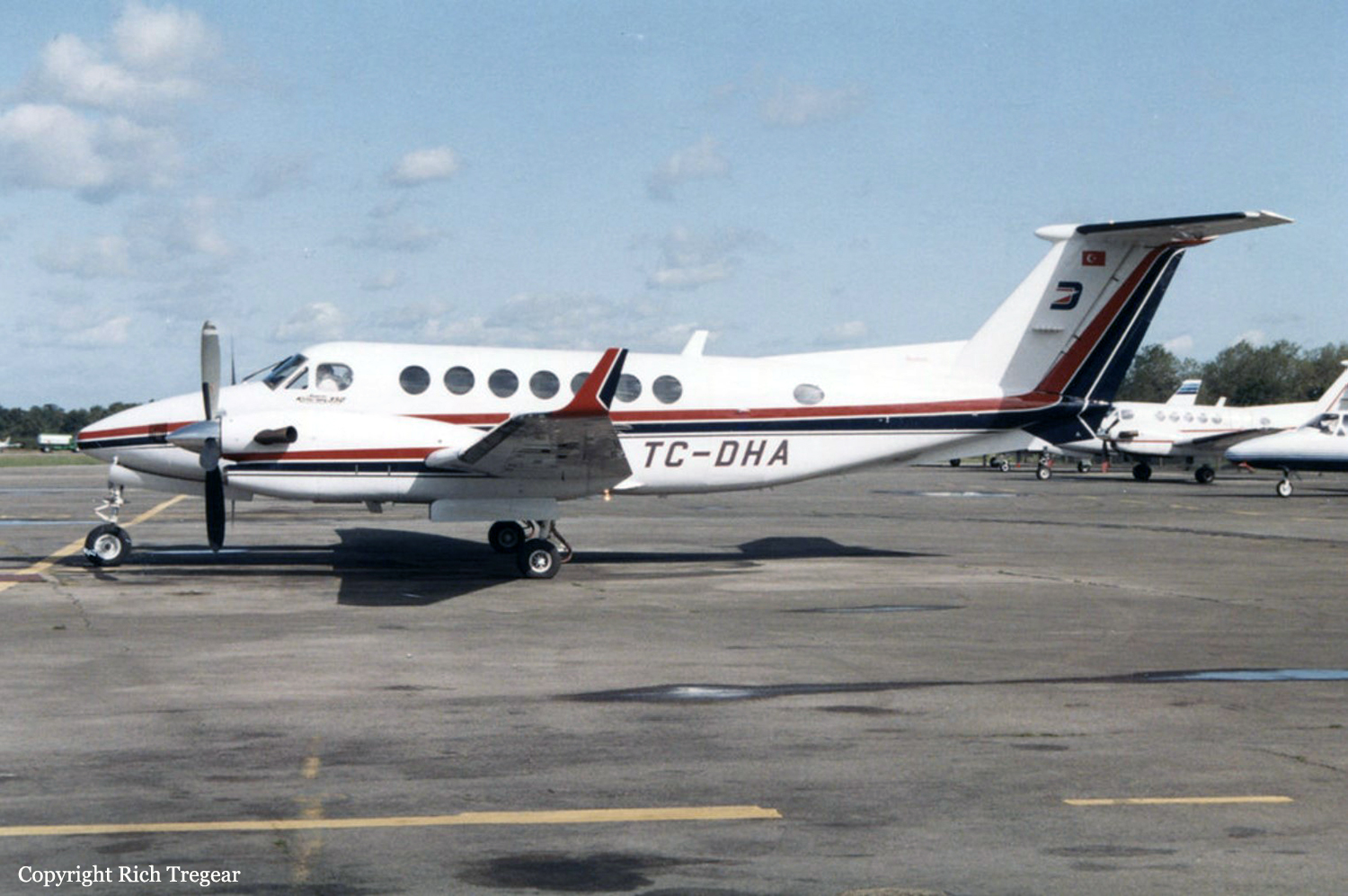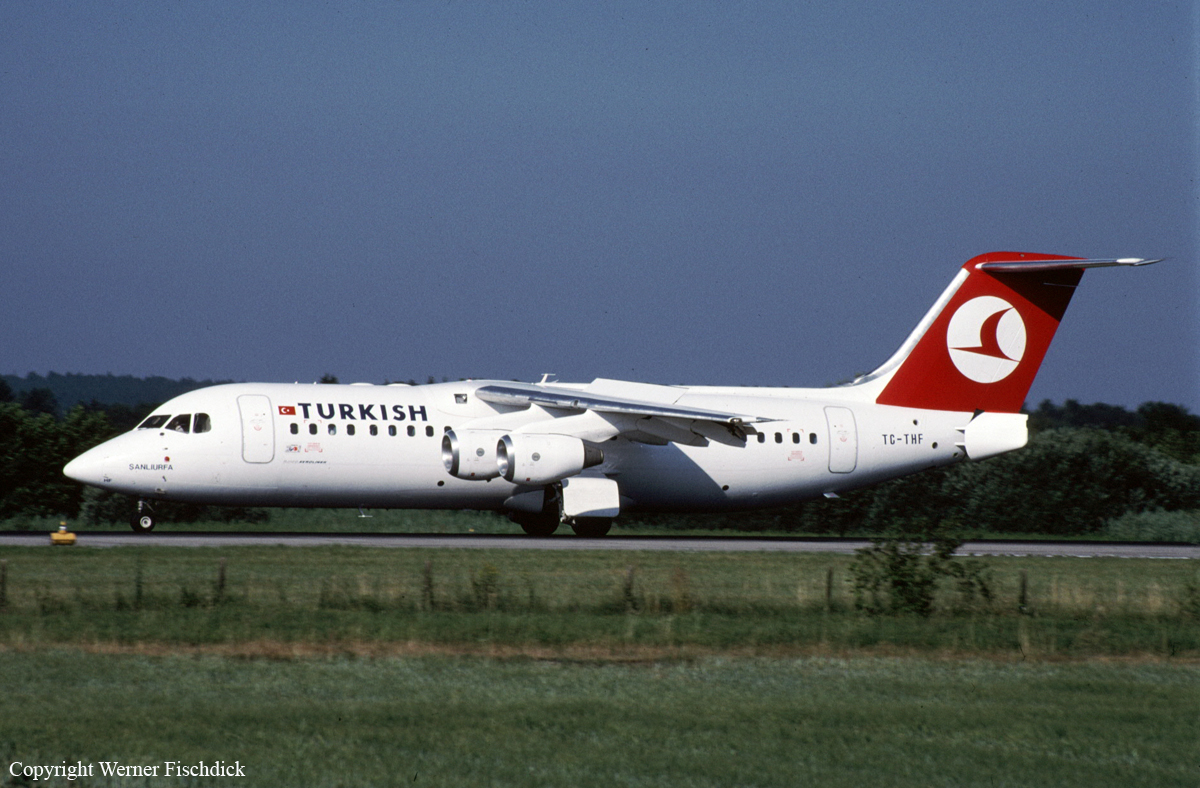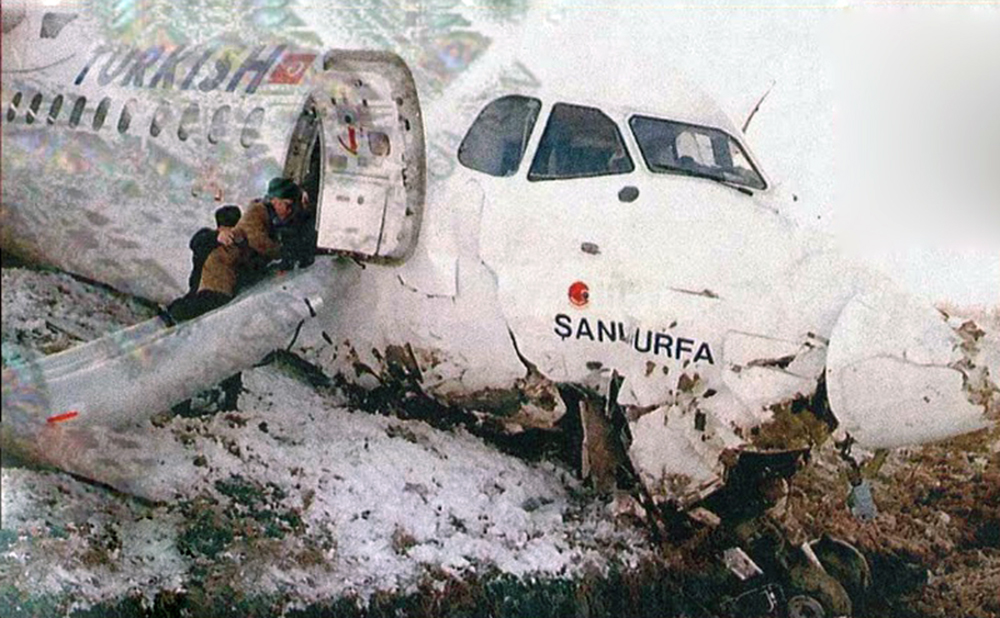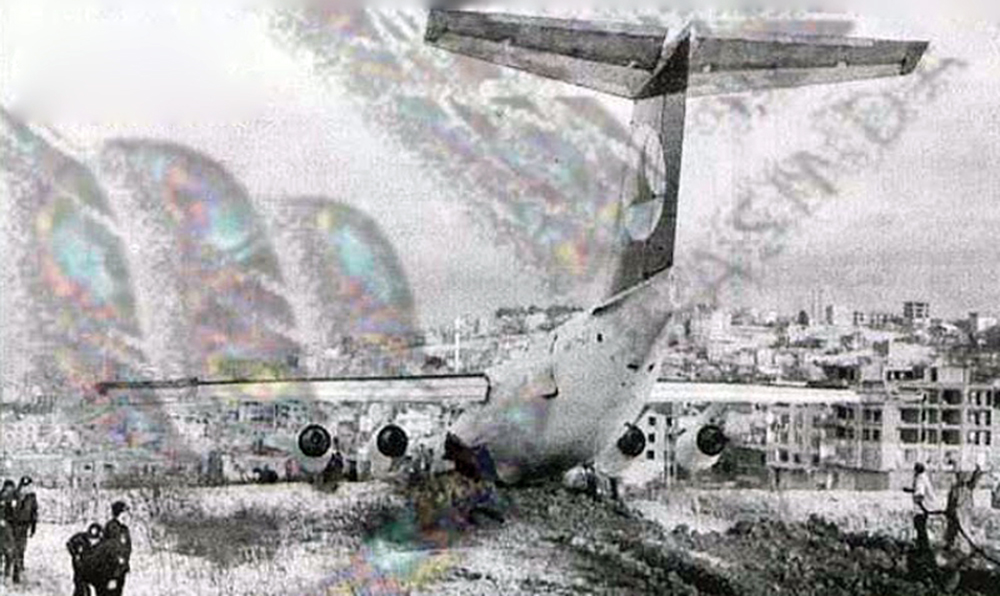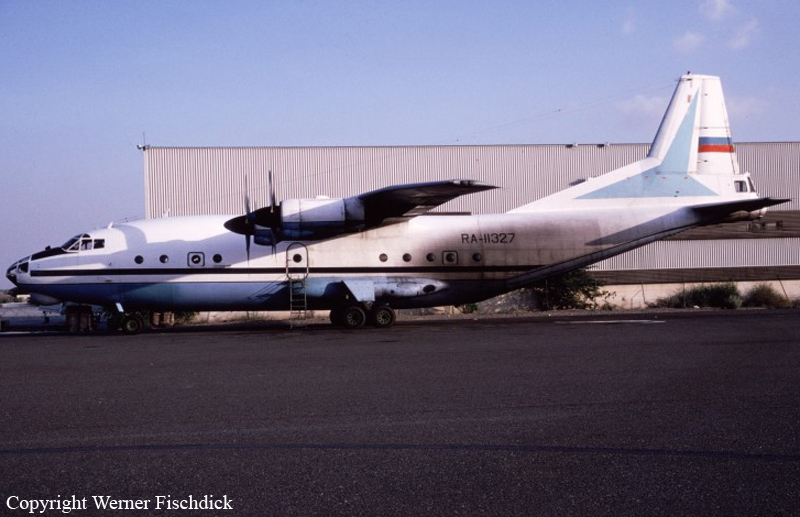Crash of an Avro RJ100 in Diyarbakir: 75 killed
Date & Time:
Jan 8, 2003 at 2019 LT
Registration:
TC-THG
Survivors:
Yes
Schedule:
Istanbul – Diyarbakir
MSN:
E3241
YOM:
1994
Flight number:
TK634
Crew on board:
5
Crew fatalities:
Pax on board:
75
Pax fatalities:
Other fatalities:
Total fatalities:
75
Captain / Total hours on type:
473.00
Copilot / Total hours on type:
1802
Aircraft flight hours:
19289
Aircraft flight cycles:
16659
Circumstances:
On final approach to Diyarbakir Airport by night, the crew encountered marginal weather conditions with local patches of fog and limited visibility. On short final, in a slight nose down attitude, the aircraft struck the ground and crashed 900 metres short of runway 34, bursting into flames. Five passengers were seriously injured while 75 other occupants were killed. At the time of the accident, the crew was completing a VOR/DME approach to runway 34 that was not equipped with an ILS.
Probable cause:
It was determined that the crew established a visual contact with the runway lights when, on short final, due to the presence of local patches of fog, the pilot-in-command lost visual contact with the ground for few seconds. This caused the aircraft to descend below the MDA until it impacted the ground 900 metres short of runway threshold. Poor weather conditions were considered as a contributing factor.
Final Report:
